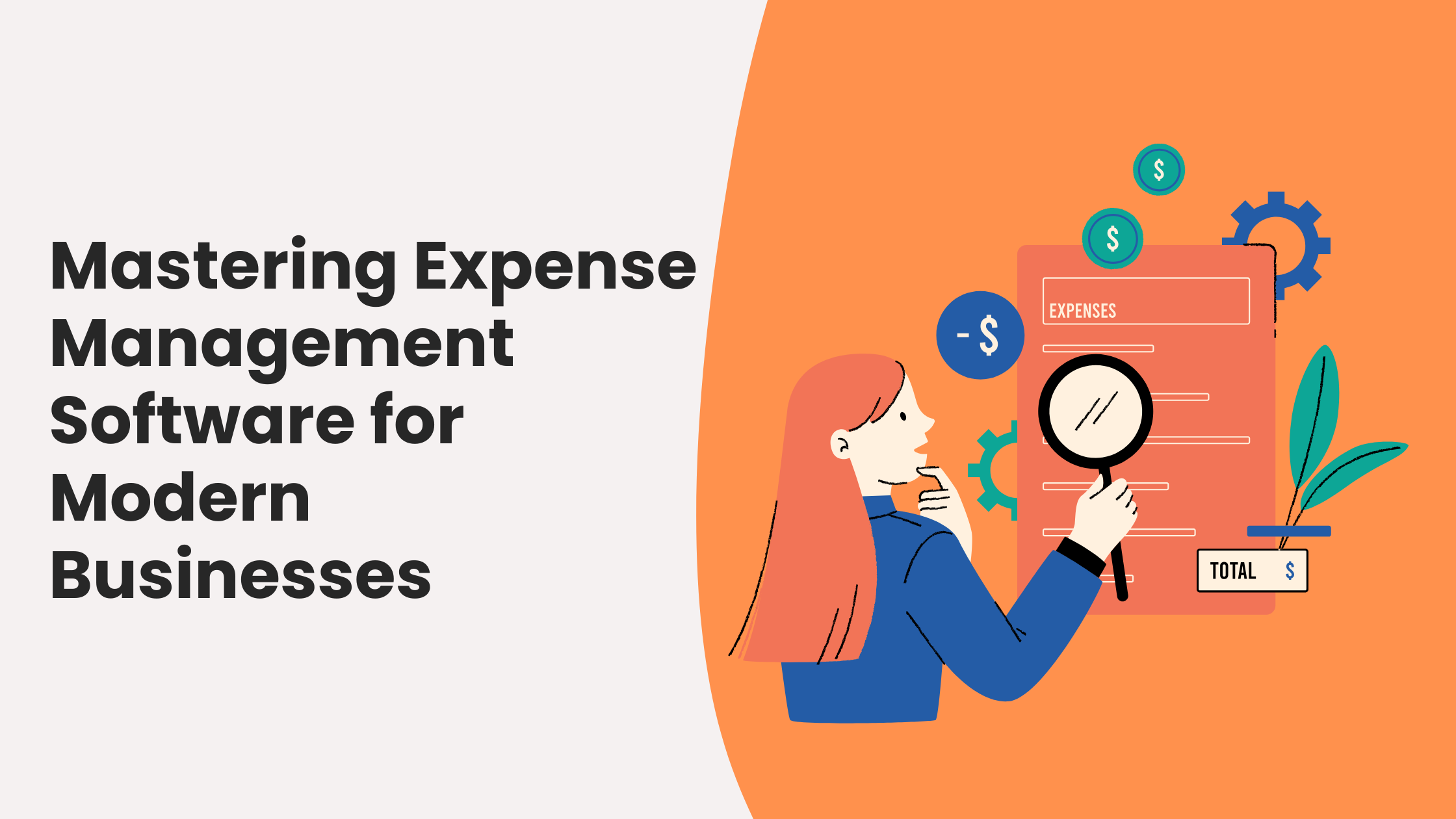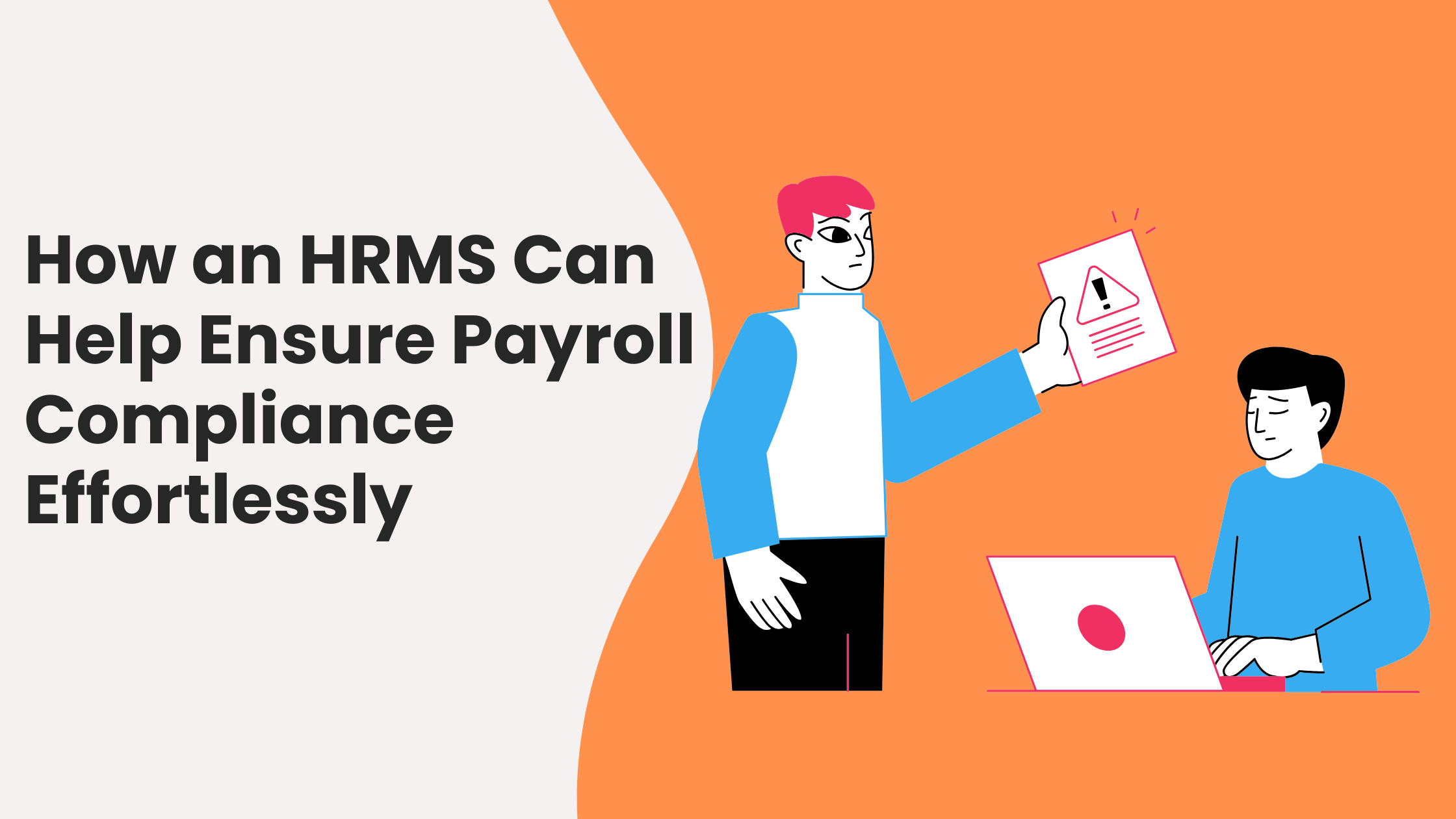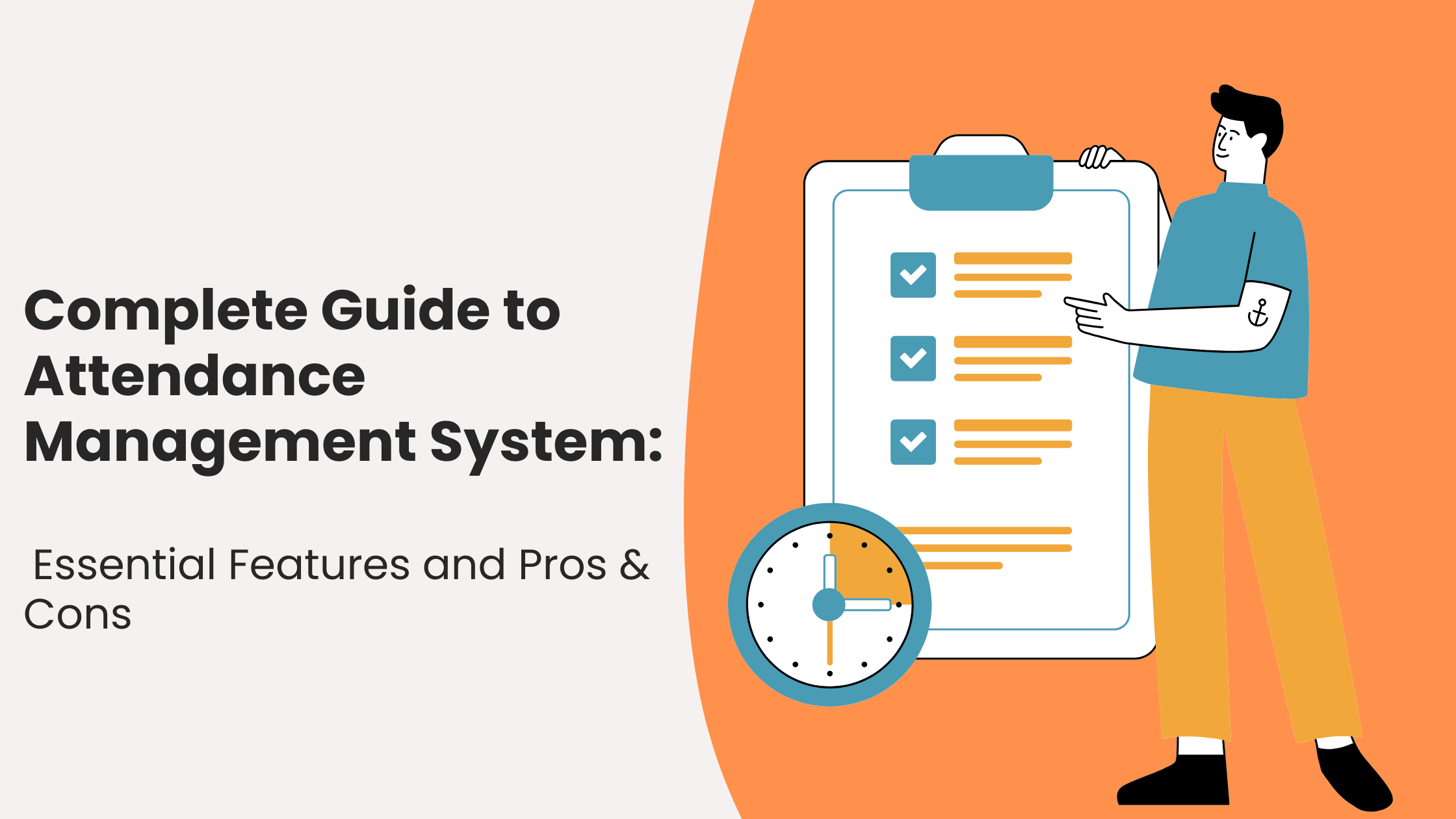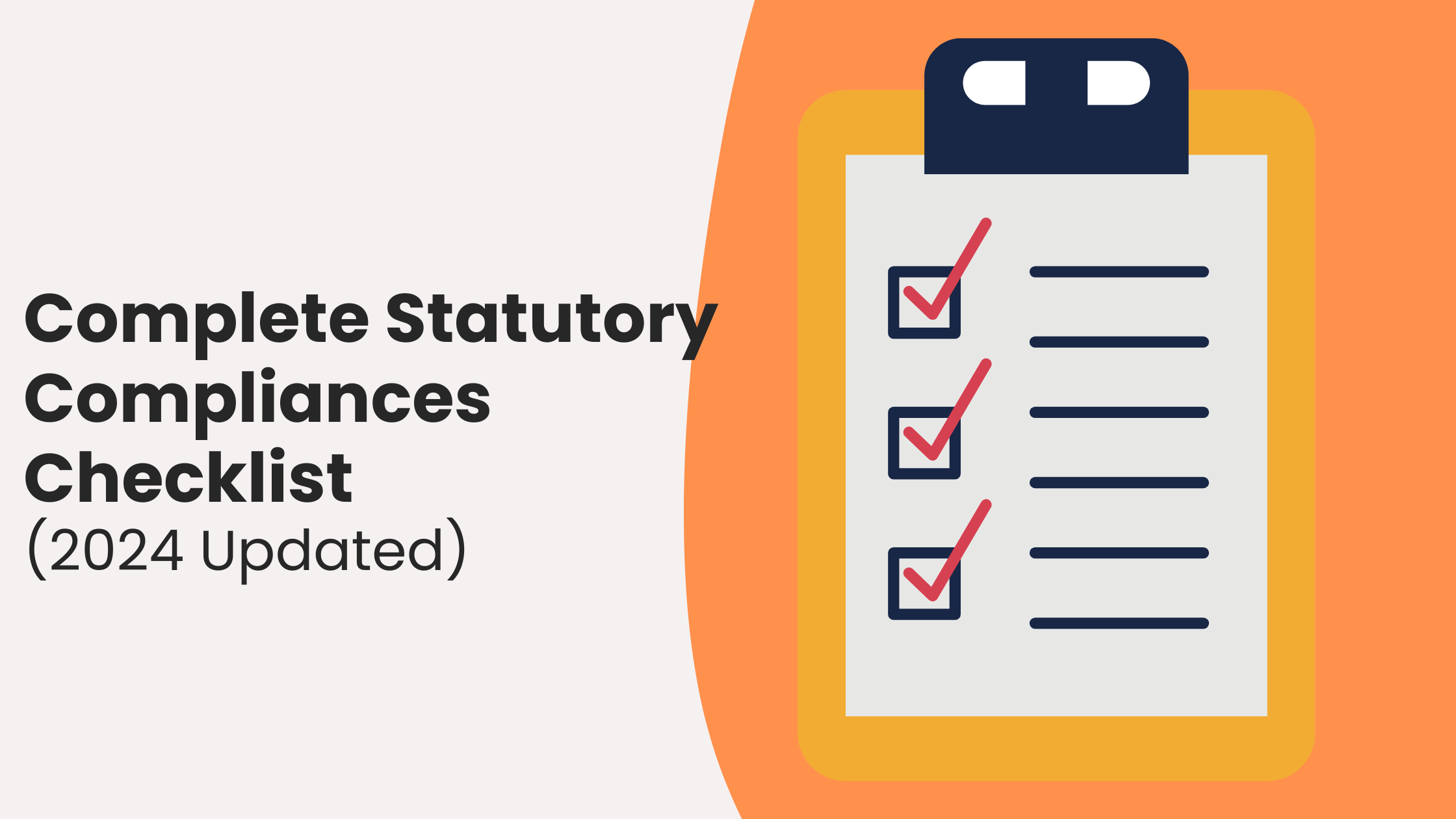The Maternity Benefit (Amendment) Act (2017) & Its Implications.

Every woman’s path to motherhood is priceless. However, for a long time, women have faced discrimination in the workplace when it comes to balancing motherhood and work, and have even been labeled “career busters,” giving the false idea that you must choose between having a family and growing a career. Fortunately, discussions and awareness on this subject in the early 1990s resulted in the establishment of maternity leaves in the form of the Maternity Benefit Act in 1961. In addition, changes to this Act were made in 2017.
Maternity Benefit (Amendment) Act, 2017
The Maternity Benefit Act protects women’s employment throughout their maternity and allows them to a ‘maternity benefit,’ i.e. a fully compensated absence from work, to care for their children. This Act is applicable to all organizations with 10 or more employees in Factories, Mines, Plantations, Shops and Establishments and other entities. The Maternity (Amendment) Act 2017, an amendment to the Maternity Benefit Act of 1961 was passed by the Lok Sabha on 9 March 2017.
But what exactly are the amendments? Let’s take a look:
According to the Act, every woman would be entitled to a 12-week maternity benefit. This is increased to 26 weeks under the Bill.
According to the Act, this maternity benefit cannot be used before six weeks from the estimated delivery date. This is changed to eight weeks under the Bill.
In case of a woman with two or more children, the maternity benefit will remain at 12 weeks, which can’t be used before 6 weeks beyond the expected delivery date.
The Bill includes a provision that allows a woman who lawfully adopts a child under the age of three months, as well as a commissioning mother, to take 12 weeks of maternity leave. A commissioning mother is a biological mother who utilises her egg to make an embryo that is placed in the womb of the surrogate mother.
The 12-week maternity benefit period will begin when the kid is handed over to the adoptive or commissioning mother.
The Bill includes a clause that allows an employer to allow a woman to work from home. This would apply if the nature of the woman’s job allows her to work from home. This option is available after maternity leave for a period of time mutually agreed upon by the employer and the woman.
The Bill includes a provision requiring all organizations with 50 or more employees to offer crèche facilities within a certain radius. The mother will be permitted four crèche visits each day. This will include her rest period.
The Bill includes a clause requiring every organization to inform a woman of the maternity benefits available to her at the time of her appointment. Such contact must take place in writing and by electronic means.
Although the Act appears to be quite generous, are women in our nation benefiting from it? Let’s take a look:
According to an Ashoka University report titled “Predicament of Returning Mothers,” 73% of Indian women abandon their professions after giving birth. According to a survey conducted by the University’s Genpact Centre for Women’s Leadership, 50 percent of working women in the country leave their jobs at the age of 30 to take care of their children. Even among those who do return, 48% leave within four months of re-entering the workforce because they feel left out or out of place. According to the survey, just 27% of women advance in their jobs and remain in the workforce after becoming mothers. Only 16 percent of women who return to work rise to senior leadership positions.
Another article was written by a reporter Manavi Kapur in 2019 calls the Maternity Amendment bill “just token gestures”. According to her, The rule only applies to people who work for a firm with at least ten workers. According to a new report titled “Premature Imitation and India’s Flailing State,” this is a tiny fraction of India’s working women. Read the full article here: https://qz.com/india/1715618/indias-maternity-leave-policy-benefits-only-1-percent-working-women/
But how is the new maternity bill affecting women and their careers?
Many opportunists would argue that in today’s world, a woman is always in control of her life. However, many studies have found that women are given less responsibility and opportunities and are also treated differently once they resume work after their maternity leave. The 6-month gap, unfortunately, causes a standstill in their employment. According to a TOI (Times Of India) article published in 2020, three years after the Maternity Amendment Bill, women are still quitting jobs because companies do not accommodate post-maternity challenges. To put it lightly, being a mother is likely to be a life-changing event. Aside from the physical and mental challenges that a mother may go through, there is a significant influence on her everyday life and routine. The six-month maternity leave may also raise concerns about employing women in the workforce and certain surveys have also shown that there is a significant drop in the employment rate of women.
A lot of women might feel disengaged and aloof from the corporate world during the maternity period which can make them feel lost once they resume work. Here are a few tips to help mothers stay updated and protect their careers while on maternity leave:
It is very important to stay connected and engage with the employees of your organization. This will help you stay updated on the happenings inside the organization and will help ease the transition once you resume work.
Learn as much as you can during your maternity leave. There is always something new to learn and upskilling yourself can help you grow your career even though you are at home.
Being active on social media will help you stay up to date with not only your organization but also the world as a whole.
Always remember that you are still an employee of the organization even though you are on a maternity leave. If possible, volunteer to head or participate in any events that your organization holds.

The organization exists to get things done. Yes, it’s preferable if it’s done by happy, engaged people with lots of flexible work arrangements and time to care for their families, but at the end of the day, things have to get done.
Consider this: You are the head of a highly successful team of individuals who work to constantly shifting deadlines and deal with highly-pressurized circumstances on a daily basis. You thrive under pressure, and your bonus is contingent on the team’s performance.
Simran recently returned after a six-month maternity leave. You hired Ronnie to temporarily fill in for Simran, but he’s killing it, and you’d like to keep him. Meanwhile, Simran, who used to be your “go-to” person for any last-minute tasks, now has to leave at 5:30 p.m. every day to pick up her baby from childcare, and she can’t make the 5:30 sales calls. Ronnie, on the other hand, is already on it. You know you can’t let Simran leave, and you’re sorry for her “condition,” but it’s harming productivity, and you’re at a loss for what to do. The truth is that things must be done. Simran, on the other hand, must be respected and accommodated.
This is where many companies go wrong.
They classify women like Simran as “no longer” productive, and maternity leaves are viewed as a burden rather than an opportunity.
What can organizations do to assist women desire (and be able) to return to work after maternity leave?
Every pregnancy is unique, which is why some women may be able to return to work right away while others may be worried about leaving their kid.
Discuss the optimal work arrangement timetable with your staff. If their employers are unable to be flexible, some women resort to their own creative abilities to freelance or launch their own business that fits their lifestyle.
Some of the world’s most successful organizations have effective return-to-work programmes such as Returnship programmes that try to make the transition easier. These programmes can specially help women in readjusting to life inside the organization. It might be tailored to that person’s requirements, catch them up on what’s happened while they were gone, highlight crucial future dates and milestones, and include conversations to assess the returning employee’s new needs, objectives, wishes, limits, and so on.
No career-driven woman wants to be subjected to demotivation or be denied extra duties because of her new status. New mothers still want the opportunity to work more and go up the corporate ladder. As a result, it is critical to understand this and prevent all prejudices.
Women on maternity leave are often separated from the firm for an extended period of time, making it difficult to catch up afterwards. What are you doing to recover the wandering mothers without making them feel like outsiders?
It’s all about getting through the difficult times in life. Returning to work after maternity leave can be difficult for both the woman and the employer who must accommodate them. However, if the proper steps are taken, both parties can have a peaceful sailing.
While choosing a professional path is a personal decision for each mother, it is in the hands of the employer to boost the chances of keeping female talent in the workplace!

Let’s conclude by answering some of the most frequently asked questions about maternity leaves:
You can begin your maternity leave six weeks prior to the scheduled delivery date.
Yes, you can work up to the day of your birth and still be eligible for the full maternity benefits.
If your job requires long periods of standing, dealing with unpleasant, dangerous chemicals, or any other sort of labor that might be damaging to the mother’s or baby’s health and development, you can absolutely ask your manager to restructure your responsibilities.
If you return to work before your maternity leave is up, your maternity benefits will be immediately terminated. So, if you need to work in an office during your maternity leave, do it as a requirement rather than formally joining the company. Remember that your employer cannot force you to return to work while you are on maternity leave.
Maternity leaves can be combined with any type of leave (including commuting leave up to 60 days and leave not due) and extended for up to one year without a medical certificate, according to CCS regulations for government workers. Remember that continuing leaves must be taken; if you join the workplace, this regulation does not apply. In the private sector, policies range from one organization to another, so check your company’s HR policy for specifics.
No, Casual Leaves and Maternity Leaves cannot be combined.
Yes. If your adopted child is under the age of three months, you are entitled to a 12-week maternity leave.
In the case of a miscarriage or stillbirth, (A stillbirth occurs when a baby dies or is lost before or during delivery) a woman will be eligible to six weeks of paid leave starting the day after her loss. Its important to provide proof of the same.
An employee is eligible up to six weeks of paid maternity leave in case of a medical termination of pregnancy or abortion.
Recent Post




Sign Up


